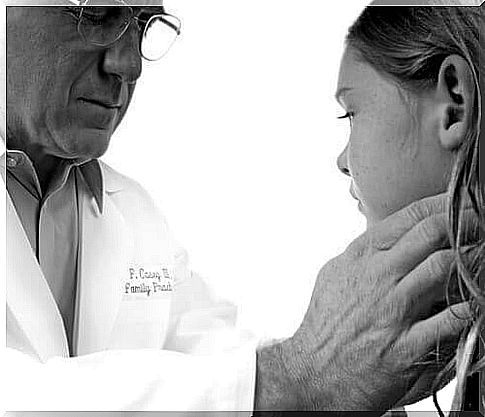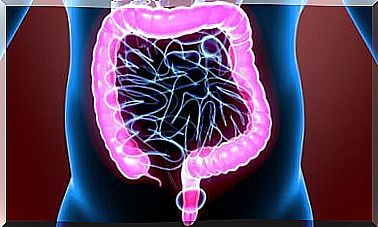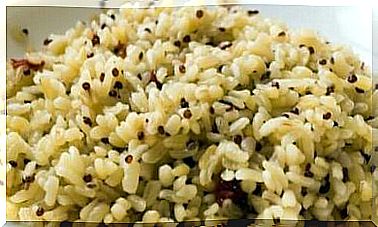Mononucleosis In Children

Mononucleosis in children under 15 years of age is not very common, but it can occur occasionally. The most common is that this disease occurs in people aged between 15 and 25 years, although occurrences outside this range are not ruled out.
As it is an infectious disease, it is not easy to prevent the spread of mononucleosis in children, especially if they are young. This pathology can appear from 6 months of age onwards, although it is more serious when contracted by an adolescent or adult.
What is mononucleosis in children?
It is an infectious disease, almost always benign, that resolves on its own. In general, it affects school-age children, teenagers and young adults. Mononucleosis in preschool-age children is not very common, and if it does occur, it rarely presents with symptoms.
It is estimated that 95% of adults between 35 and 40 years of age have already been infected with this disease at some point in their lives. Some do not even know it, as asymptomatic forms exist and go unnoticed. However, the virus remains in the body in a latency state.
Mononucleosis in children is more prevalent in regions where hygiene conditions are precarious, which favors the spread of the infectious agent. It is normal for it to occur only once in a person’s life. Despite this, the virus can be reactivated, especially in patients undergoing a transplant.

How is it transmitted?
Mononucleosis is also known as the kissing disease . Although a kiss can be a contagion route, the disease is not always transmitted that way. Like other viral pathologies, it is transmitted through saliva.
This means that coughing, sneezing, and generally having close contact facilitate transmission. Objects that contain saliva can also be sources of contagion. Children tend to share straws, water bottles and food, which is a risk factor.
Mononucleosis is caused, in 90% of cases, by the Epstein-Barr virus. 7% of infections are caused by cytomegalovirus . For the remaining percentage, the source is Toxoplasma gondii .
The Epstein-Barr virus (EBV) belongs to the same family as herpes and, as is often the case with this type of microorganism, it can remain in the body for a long time in a latency state, without causing symptoms. However, an asymptomatic person can transmit the disease.
Manifestations of mononucleosis in children
It is very rare for young children to have symptoms of the disease or for them to be severe. If there are manifestations, the most common are as follows:
- Fever.
- Sore throat.
- White patches on the back of the pharynx.
- Inflammation of the lymph nodes in the neck, groin and armpit.
- Feeling tired or fatigued.
On some occasions, such symptoms may appear accompanied by others, such as chills, headaches, swollen eyelids, inflammation of the liver and spleen. In the long term, anemia is another symptomatic complication of infection.
Mononucleosis in children can lead to very serious complications, but this is rare. May cause meningitis, Guillain-Barré syndrome, myocarditis, thrombocytopenia and orchitis. On very rare occasions, it causes liver failure.

What to do with the diagnosis?
There are no specific vaccines or medications to treat mononucleosis. Therefore, treatment is aimed at relieving symptoms.
Typically, the disease resolves itself within a period of three to four weeks. Some symptoms, such as fatigue and fever, may last for another week.
The doctor will indicate which medications should be given to the child. In general, analgesics and anti-inflammatory drugs are prescribed. If complications arise, steroids may also be prescribed, depending on the case.
The most appropriate is to apply isolation measures for the child, keeping him well hydrated and at rest, especially in the acute phase of the disease. Consequently, contact sports and any physical activity should be avoided for at least three weeks.








